Panzerfaust 3
$4,999.00
Panzerfaust 3 is a modern anti-tank weapon system designed for destroying armored vehicles and other targets. Here are some key features of this system:
- Design: The Panzerfaust 3 is easy to use and portable, making it suitable for soldiers in the field. It has compact dimensions and can be easily carried and operated in various conditions.
- Caliber: This system uses a 120 mm rocket designed for high penetration and effectiveness against armored targets.
- Ammunition Type: The Panzerfaust 3 utilizes different types of ammunition, including high-explosive and tandem warheads, which are capable of penetrating the armor of modern tanks.
- Firing Method: This system is user-friendly, with a single operator able to quickly prepare and fire the projectile. Firing is done from the shoulder, and the system is designed to minimize recoil.
- Range: The Panzerfaust 3 has an effective range of about 300 to 400 meters, making it suitable for medium-range combat.
- Guidance System: This system uses a simple guidance mechanism, allowing for quick and accurate targeting.
- Application: The Panzerfaust 3 is used in various military operations and can be employed by infantry, special forces, and other military formations.
The Panzerfaust 3 is known for its efficiency and ease of use, making it a popular choice among military forces seeking reliable weaponry for engaging armored targets. Its design allows for rapid response to threats on the battlefield.
- Description
- Reviews (0)
Description
Single-use anti-tank rocket launcher
The Panzerfaust 3 (Tank Fist 3) is a German anti-tank rocket launcher. It is often designated simply as as the Pzf 3. Germans were using the Panzerfaust name for their anti-tank rocket launchers since the World War II. Development of this weapon commenced in 1978. The Panzerfaust 3 was originally designed to defeat the latest Soviet T-72 and T-80 main battle tanks. The previous Panzerfaust 2 (also called Panzerfaust 44 Lanze), Carl Gustaf and relatively new Armbrust were unable to penetrate armor of these new tanks. Initial prototypes of the Panzerfaust 3 were completed in 1979 and first tests were completed in 1980. Initially this weapon was known as Panzerfaust 60/110. Development was completed in 1985. Low rate production began after the trials in 1987. During the same year this weapon reached initial operational capability with the West German army. At the time of its introduction it was one of the highest-performance weapons of its class. Improved versions of the Panzerfaust 3 are still among the most capable anti-tank rocket launchers in the world. In 1989 Japan became first export customer of this weapon. Full-rate production commenced during the same year. The second export sale was made to Switzerland in 1991. Japan and Switzerland acquired production license for this rocket launcher. German army officially adopted this weapon only in 1992. Such protracted adoption was mainly due to the fall of Soviet Union and reunification of East and West Germany. Other operators of this weapon are Austria, Belgium, Iraq, Italy, Mauritius, Netherlands, Peru and South Korea. It is also used by Kurdish forces. This weapon was trialed by US special forces, however there were no sales to USA. Some sources report that more than 250 000 of this anti-tank rocket launchers were produced.
The barrel of the launch tube has a 60 mm caliber, while the oversized rocket has 110 mm caliber. Such design was selected because it allowed to upgrade the weapon by simply designing larger rocket. In this case there was no need to redesign the whole launcher to accommodate the new rocket.
The baseline DM12A1 rocket has a multi-purpose High Explosive Anti-Tank (HEAT) warhead. It is used against tanks, armored vehicles and structures. It penetrates 800 mm of steel armor. During trials the Panzerfaust 3 penetrated front armor of the T-72 tank and even made an exit hole in the turret. Though this original rocket lacks a precursor charge and is not effective against tanks equipped with Explosive Reactive Armor (ERA). To address this shortcoming newer and improved versions of the rocket with tandem HEAT warheads were introduced. Furthermore the warhead can be simply switched to generate a High Explosive Squash Head effect by not extending the probe. In this mode it is used against buildings and lightly armored vehicles. It can be also used breaching the walls in order to allow forced entries into buildings. Length of the launcher in firing mode is 1.35 m with the probe extended and 1.23 m with probe retracted.
All weapons of the Panzerfaust 3 family use a standard firing device. It has a pistol grip with trigger and safety mechanisms, shoulder support and integral high-grade optical scope. Once the rocket is launched the firing device is removed from empty tube and reused. It was designed to be re-used up to 5 times. The firing device weights 2.3 kg.
The Panzerfaust 3 has a countermass, which virtually eliminates the backblast. this feature was previously used on the Armbrust. It allows to fire the weapon in buildings and various other confined spaces. Dangerous backblast are is 10 m behind the operator. Still though the Panzerfaust 3 can be uses in confined areas that have at least 12 m² of space. Minimum distance of 2 m behind the operator is required. However due to safety concerns in peacetime the German Army in considers the backblast area of the Panzerfaust 3 as 40 m. The rocket self-arms 5 meters away from the launcher.
This weapon has a 2.5x magnification optical scope. It has a sighting range of 400 m. There are no back-up iron sights for emergency use. All variants of the Panzerfaust 3 have an effective range of 300 m against moving targets and 400 m against stationary targets. At a range of 300 m this weapon has a 90% hit probability against a tank. At a range of 200 m this hit probability increases to 95%. Though effective range can be extended by equipping Dynarange fire control unit. With this unit installed the Panzerfaust 3 has an effective range of 600 m against moving targets. Maximum range is 920 m as the rockets self-destructs beyond this range. This weapon can mount an NSA 80 add-on night vision sight. Interestingly the Panzerfaust 3 can be used against targets that are close to the operator. This weapon can be used against targets that are only 15 m away.
Rockets of the Panzerfaust 3 are stored in wooden boxes, 2 rockets per box. There is an additional plastic storage case and cap for the rocket. This weapon is simple to use.
Variants
Bunkerfaust is an anti-structure version of the Panzerfaust 3. Often it is simply referred as the Bkf. This weapon was specially designed for urban combat. It appeared that the multi-purpose rocket of the Panzerfaust 3 is ineffective against reinforced concrete. The Bunkerfaust has a 106 mm tandem High Explosive Dual Purpose (HEDP) rocket that can be used against buildings, bunkers, pillboxes, field fortifications, and other structures. It penetrates 360 mm of brickwork, 1 300 mm of packed sand and up to 110 mm of steel armor. This weapon weights 13.4 kg. It has an effective range of 400 m, which can be extended to 600 m by installing the Dynarange fire control unit. This weapon was adopted by the German army in 1993.
Panzerfaust 3-T is a rocket with a tandem HEAT warhead. Letter “T” in the designation is for “Tandem”. This weapon is efficient against armored vehicles fitted with ERA. Its precursor charge penetrates ERA, while the main charge penetrates base armor. This rocket penetrates 700 mm of steel armor behind era. This weapon weights 13.4 kg. It was adopted by the German army in 1998.
Panzerfaust 3-IT can defeat the latest and heavily armored tanks with explosive reactive armor. Some sources report that it penetrates more than 900 mm of steel armor. Judging by this figure penetration behind ERA could be around 700 mm. Developers claim that this version is capable of penetrating front armor of the Russian T-80U main battle tank. Its penetration is sufficient to penetrate armor of the American M1A2 Abrams and British Challenger 2 tanks. It has effective range of 400 m. This weapon weights 14.3 kg. In terms of penetration and range the Panzerfaust 3-IT outperforms many other anti-tank rocket launchers, including the Russian RPG-29 Vampir, RPG-30 and RPG-32. Only the Russian RPG-28 is more powerful.
Panzerfaust 3-IT 600 is basically a Panzerfaust 3-IT, equipped with optional Dynarange fire control unit. This unit includes a 3.5x magnification optical sight, laser rangefinder and ballistic calculator. This unit automatically measures distance to the target, target’s speed and generates an aiming mark on reticle of the sighting device. This weapon is accurate against moving targets out to 600 m and has a high hit probability. It is an impressive range for a shoulder-launched anti-tank rocket, as most similar weapons are limited to 200-300 m range. In 2005 this version was adopted by the Dutch army.
Panzerfaust 3 LWD is a lighter version. It uses a 90 mm rocket, which weights 8 kg. Though this version has reduced penetration. This weapon can be used against light tanks and other armored vehicles. However it will not be effective against heavily armored main battle tanks. It lacks forward grip and uses a different sight.
Panzerfaust 3 EX is an inertial version, used for training. Its rocket is painted in green.
Panzerfaust 3 AGDUS is a laser-based training simulator, designed for indoor training.
Panzerfaust 3 Ub-T is a training version which fires special 18 mm rounds. Its rocket is painted in blue.
Panzerfaust 3 Ub 60 mm is another training version with inertial warhead. It is used for training firing.
HL Pat 95 is a Swiss designation of the Panzerfaust 3. It is license-produced by RUAG Ammotec. This weapon uses a 124 mm HEAT rocket, which penetrates around 700 mm of steel armor.
RGW 90 is a dual-purpose anti-tank and anti-structure rocket launcher. It was a joint German-Israeli-Singaporean project. It is also known under the name MATADOR. It is a product of Dynamit Nobel Defence in Germany (the same company that produces the Panzerfaust 3), Rafael Advanced Defence Systems in Israel, and Singapore Technologies Kinetics (STK) in Singapore. It uses a 90 mm rocket. This weapon has a broadly similar firing device as the Panzerfaust 3. Otherwise it is unrelated.
|
Weapon |
Reload |
Range |
IFR |
Round |
Damage |
Pen |
|
Panzerfaust 3 |
1 |
135 |
Nil |
90mm HE |
C14 B30 |
7C |
|
1 |
135 |
Nil |
90mm HEAT |
C9 B30 |
93C |
|
|
1 |
135 |
Nil |
90mm ILLUM |
(B990) |
Nil |
|
|
1 |
135 |
Nil |
90mm Smoke |
C2 (B10) |
Nil |
|
|
2 |
115 |
Nil |
110mm HEAT |
C14 B35 |
133C |
|
|
2 |
115 |
Nil |
110mm HEAT-T |
C16 B40 |
106C/133C |
|
|
2 |
115 |
Nil |
110mm HEDP |
C18 B40 |
72C |
|
|
2 |
115 |
Nil |
110mm HESH |
C21 B45 |
106C |
|
|
2 |
110 |
Nil |
125mm HEAT |
C18 B40 |
152C |
After purchase, you can order Rocket – Ammunition separately from our sales manager.
|
Ammunition |
Caliber |
Weight |
Price |
|
HE |
90mm Overcaliber |
2.96 kg |
$48 |
|
HEAT |
90mm Overcaliber |
2.96 kg |
$70 |
|
ILLUM |
90mm Overcaliber |
2.96 kg |
$48 |
|
Smoke |
90mm Overcaliber |
2.96 kg |
$48 |
|
HEAT |
110mm Overcaliber |
3.9 kg |
$99 |
|
HEAT-T |
110mm Overcaliber |
3.9 kg |
$148 |
|
HEDP (BASTEG) |
110mm Overcaliber |
3.9 kg |
$83 |
|
HESH |
110mm Overcaliber |
3.9 kg |
$116 |
|
HEAT |
125mm Overcaliber |
4.3 kg |
$111 |
You get 2 Rocket – Ammunition on your choice when shopping.
Only logged in customers who have purchased this product may leave a review.


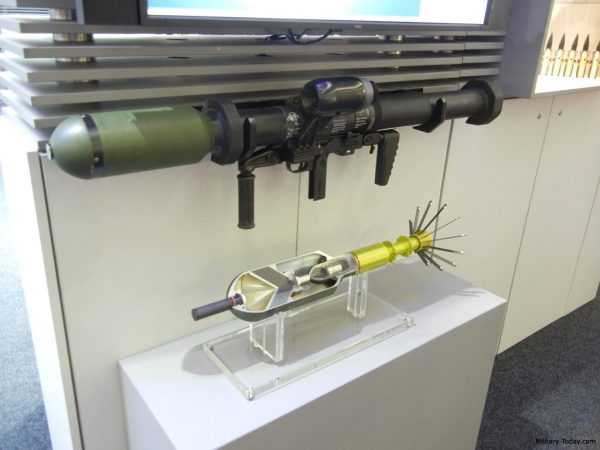
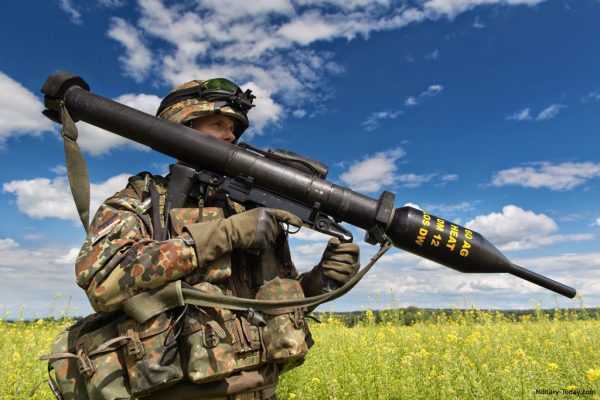
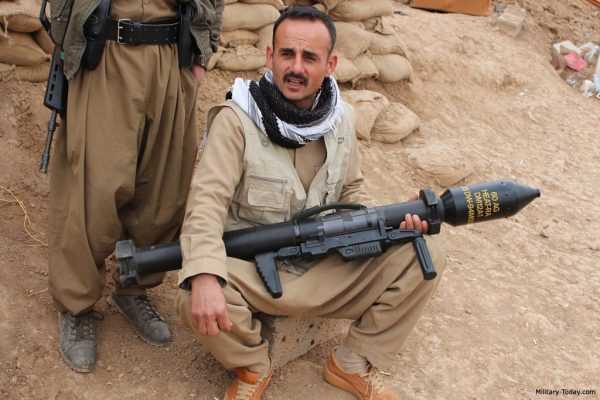
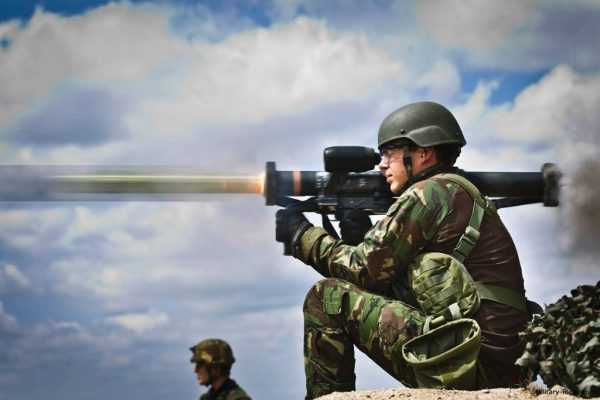

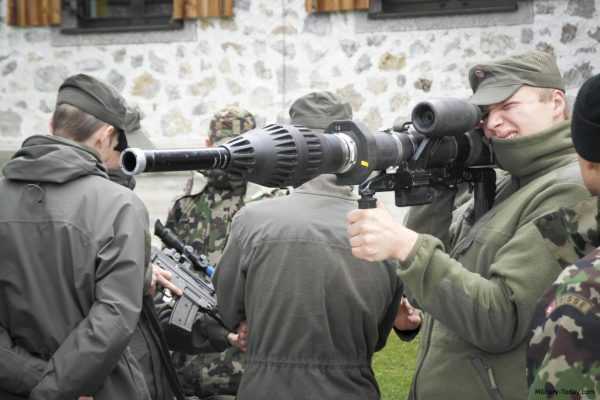

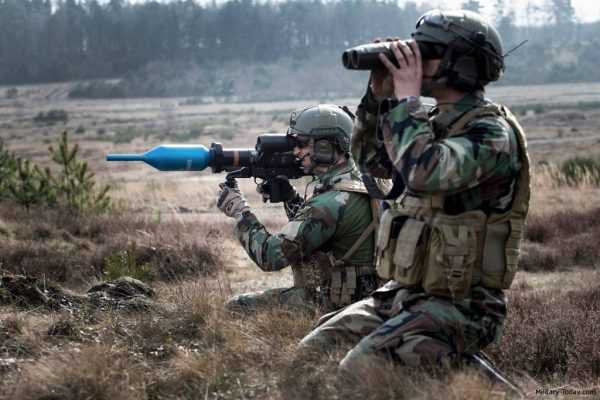
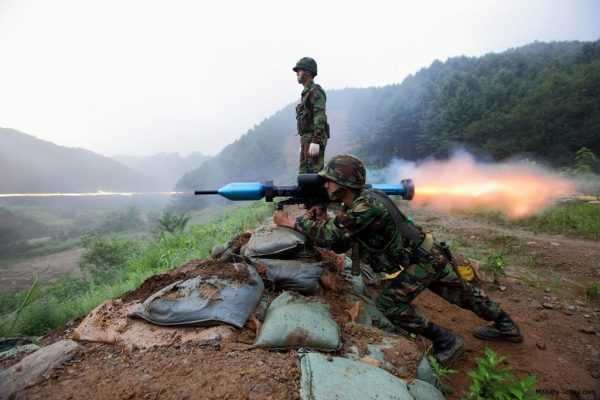
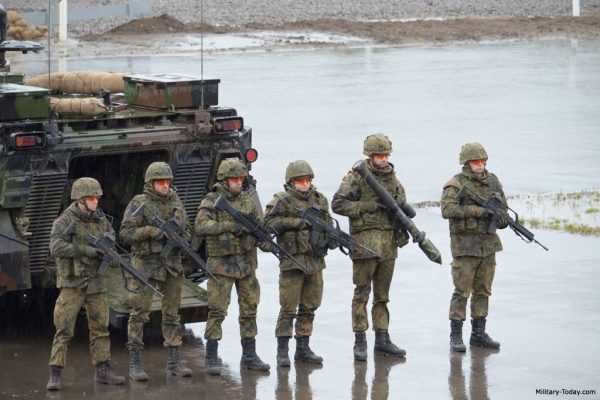

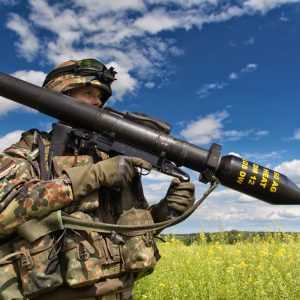





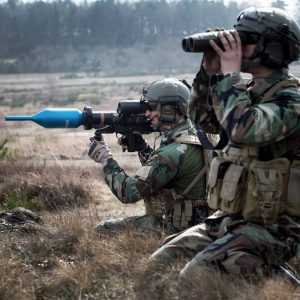
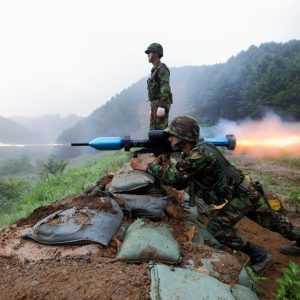
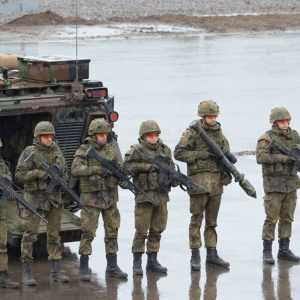



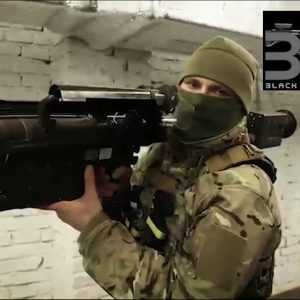
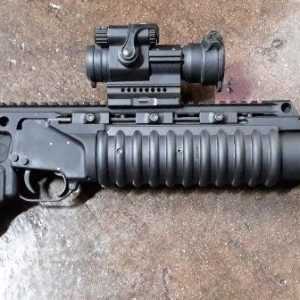


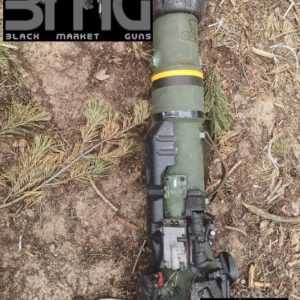


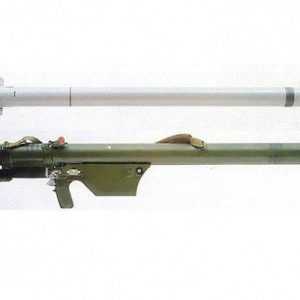
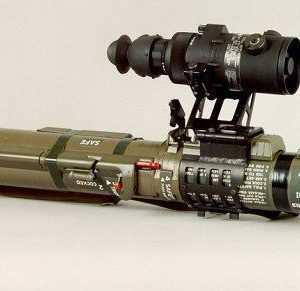
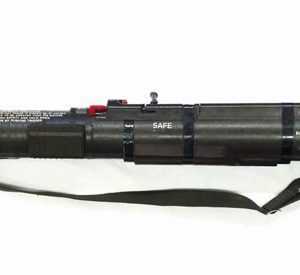
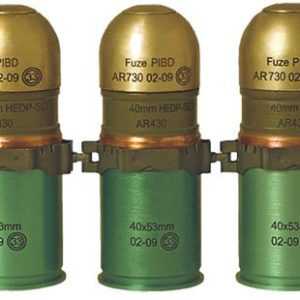
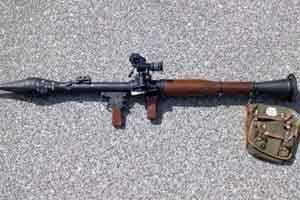
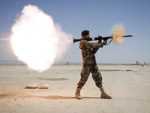
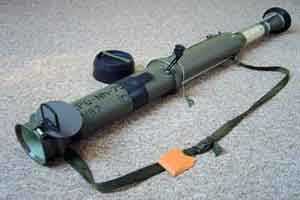
Reviews
There are no reviews yet.